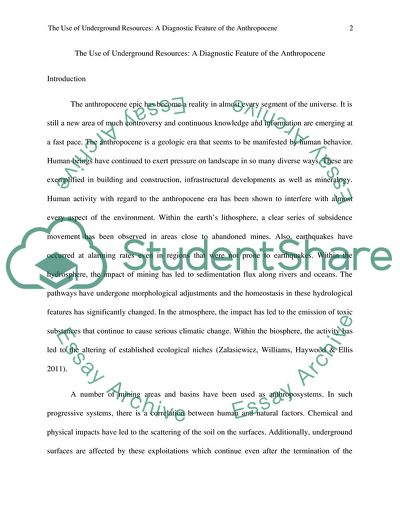Cite this document
(The Use of Underground Resources: A Diagnostic Feature of the Research Paper - 1, n.d.)
The Use of Underground Resources: A Diagnostic Feature of the Research Paper - 1. https://studentshare.org/environmental-studies/1763242-the-use-of-underground-resources-a-diagnostic-feature-of-the-anthropocene
The Use of Underground Resources: A Diagnostic Feature of the Research Paper - 1. https://studentshare.org/environmental-studies/1763242-the-use-of-underground-resources-a-diagnostic-feature-of-the-anthropocene
(The Use of Underground Resources: A Diagnostic Feature of the Research Paper - 1)
The Use of Underground Resources: A Diagnostic Feature of the Research Paper - 1. https://studentshare.org/environmental-studies/1763242-the-use-of-underground-resources-a-diagnostic-feature-of-the-anthropocene.
The Use of Underground Resources: A Diagnostic Feature of the Research Paper - 1. https://studentshare.org/environmental-studies/1763242-the-use-of-underground-resources-a-diagnostic-feature-of-the-anthropocene.
“The Use of Underground Resources: A Diagnostic Feature of the Research Paper - 1”. https://studentshare.org/environmental-studies/1763242-the-use-of-underground-resources-a-diagnostic-feature-of-the-anthropocene.


